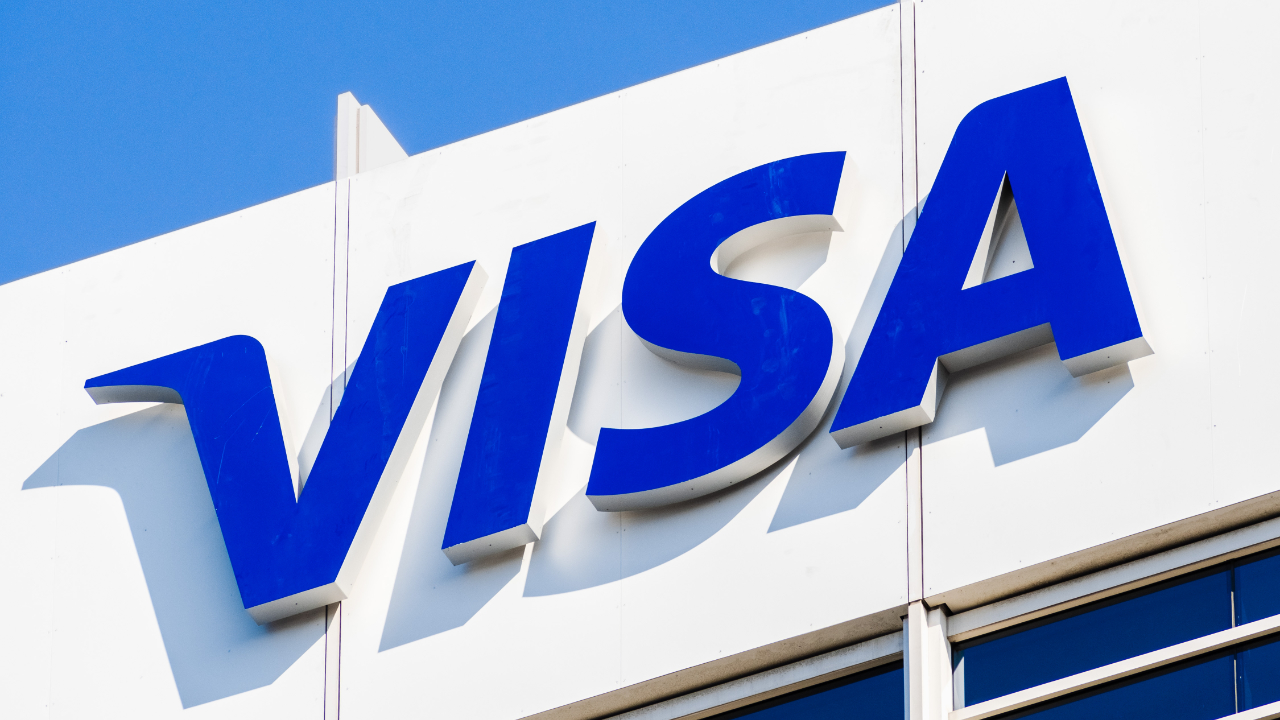Visa (V) announced on Thursday that it will expand its crypto services one step further by partnering with blockchain software company Consensys to build an on-ramp for central bank digital currencies (CBDC).
The payments giant aims to create a “CBDC sandbox,” available in the spring, where central banks can experiment with distributing the technology after minting on Consensys’ Quorum protocol.
The partnership is the latest development in the booming cryptocurrency market, with central banks vying to mint their own digital coins and established financial companies dabbling in crypto payments.
“Central banks are moving from research to actually wanting to have a tangible product they can experiment with,” Chuy Sheffield, Visa’s head of crypto.
CBDBs can run off distributed ledger or blockchain technology-built protocols. Unlike cryptocurrencies such as bitcoin (BTC-USD) or ether (ETH-USD), CBDC protocols are always “permissioned,” meaning central banks maintain monetary and governance control.
The partnership uses a “two-tier” distribution model for CBDCs. Central banks would design their digital currency on Consensys’ Quorum where they would set its monetary and governance rules. They then use Visa’s infrastructure to distribute the currency via financial intermediaries like commercial banks.
Eswar Prasad, a senior professor of trade policy at Cornell University and author of “The Future of Money,” explained to Yahoo Finance some of the advantages of the Visa-Consensys model. It doesn’t cut payment providers out of the equation, and could allow competition for who can provide the most efficient, low-cost services.
Prasad said that central banks will likely prefer to manage the payment infrastructure themselves.
Yet he also pointed out that Visa’s approach is also noteworthy for how it could “help maintain the relevance of its payment network amidst fast-moving changes in the payment space that could undercut its business model.” The changes also include stablecoins and various fintech payment platforms.
Visa has been involved in crypto-related products since 2019, leveraging its existing payment network as an advantage for building “on-ramps” for buying crypto, and “off-ramps” for converting it back to fiat currency.
It already settles transactions in one Stablecoin, and more recently opened a crypto consulting service that caters to banks exploring cryptocurrency plans of their own.
The number of countries exploring CBDCs has more than doubled in the last year and a half. According to the Atlantic Council’s CBDC tracker, at least 87 different countries — which represent 90% of global gross domestic product — are weighing the financial technology in some fashion.
However, progress and goals within that group have been uneven. Nine central banks, including Nigeria, The Bahamas and seven others from Caribbean nations, have launched a CBDC. Meanwhile, China is ready to unveil its pilot digital yuan to foreign visitors next month during the 2022 Winter Olympics.
Meanwhile, major central banks like the Fed aren’t expected to issue a digital coin any time soon. During his reconfirmation hearing earlier this week, Fed Chair Jerome Powell said that the Fed’s long awaited paper on CBDCs will be released “in the coming weeks,” but gave no firm timetable beyond that.
“It’s more an exercise in asking questions and seeking input from the public, rather than taking positions on various issues, although we do take some positions,” Powell said.
A top executive at eCurrency, a company that has been advising the U.S. Treasury and the Federal Reserve on CBDCs for more than a decade, told Yahoo Finance in October that Congress must grant authorization before the Fed and U.S. Treasury can issue a central bank-backed token.
The use case for any CBDBs is wide ranging. But based on conversations with central bankers, Visa’s global CBDC lead Catherine Gu told Yahoo Finance two major reasons stand out.
First, developing countries could use the technology to give greater financial access to unbanked populations. Second, CBDCs provide developed countries a more efficient distribution of stimulus relief in more targeted ways to juice an economy, like giving the money an expiration date, or permitting it only to be used in certain transactions.
Yet there’s an obstacle around user adoption and acceptance of CBDCs. It hinges on the power the technology would potentially grant to central banks — and whether that poses a challenge to the primacy of fiat units like the U.S. dollar, the world’s dominant reserve currency.
While CBDCs could provide new monetary policy tools, it isn’t clear how limitations will be set in democratic societies.
“You also have this key issue for central banks to address; what will the coexistence of a CBDC look like and how would it integrate within the existing financial system,” Gu added.
Read full story on Yahoo Finance



